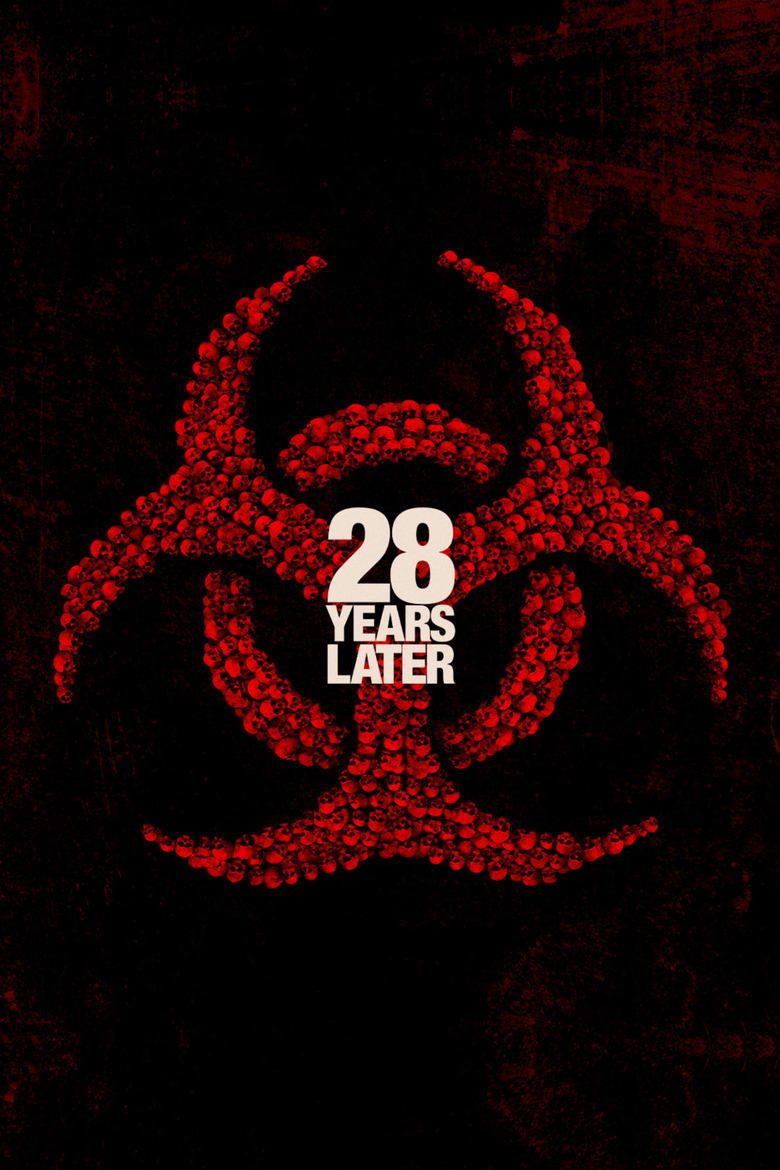Warning: This article contains spoilers for 28 Years Later.<em>28 Years Later</em> has ignited a significant discussion around a long-standing controversy that has surrounded the series. This film represents the third chapter in the gripping post-apocalyptic horror franchise, which depicts the British Isles devastated by the Rage virus. This virus transforms those infected into frenzied, mindless beings that relentlessly pursue the uninfected, biting them and transmitting the lethal disease.
The franchise originated in 2002 with 28 Days Later, which featured Cillian Murphy in the role of Jim, a bicycle courier who awakens from a coma to find a radically altered London. The film was succeeded in 2007 by the standalone sequel 28 Weeks Later, which showcased the disastrous repatriation efforts in England as the Rage virus began to resurface.
Original director Danny Boyle and screenwriter Alex Garland have collaborated once again for 28 Years Later, another standalone sequel that delves into life in the now-quarantined British Isles after the prolonged impact of the Rage virus. The film features a talented cast, including Jodie Comer, Ralph Fiennes, Aaron Taylor-Johnson, and Alfie Williams. This installment aims to launch a new trilogy within the franchise.
While the third movie is still in the funding phase, the anticipated 28 Years Later: The Bone Temple is scheduled for release in January 2026. This sequel will continue the narrative directly from the events of 28 Years Later, which introduced a pivotal moment that adds a crucial new layer to the franchise lore, sparking a significant discussion.

Related
Does 28 Years Later Have A Post-Credits Scene?
28 Years Later serves as the beginning of a new trilogy for the zombie franchise. Discover whether it includes a post-credits scene that sets the stage for the sequel.
Exploring the Ongoing Debate About the Classification of 28 Days Later’s Infected
Are They Considered Zombies in the Traditional Sense?
One of the most significant controversies surrounding the 28 Days Later films is whether the Infected should be classified as zombies. While these Infected individuals exhibit various characteristics similar to contemporary zombies, including the loss of higher brain functions and the transmission of the virus through bites, it is crucial to note that the virus does not kill its victims, which implies that the Infected are not technically classified as undead. This distinction has fueled extensive discussions among fans and critics alike.

Related
Understanding the New Variants of Infected Introduced in 28 Years Later
Set nearly three decades after the events of 28 Days Later, the sequel from Danny Boyle and Alex Garland reveals new versions of the Infected.
Moreover, the portrayal of the Infected in 28 Days Later further complicates this classification. The film’s closing scenes illustrate the Infected succumbing to starvation rather than continuing to exist as eternal undead beings. Consequently, while this post-apocalyptic franchise shares numerous aesthetic and thematic similarities with classic zombie films, particularly George A. Romero’s Dead series, its categorization within the zombie genre remains a topic of heated debate among fans and critics alike.
How 28 Years Later Challenges the Traditional Zombie Narrative
The Use of the Term “Zombie” Within the Franchise
Despite the ongoing discussion regarding whether the Infected are genuine zombies, 28 Years Later has significantly shifted the landscape of this debate. This pivotal change occurs in a scene where the Swedish NATO soldier Erik Sundqvist (played by Edvin Ryding) passionately contests Isla’s (Jodie Comer) decision to care for a recently born baby, which, despite being born from an Infected, shows no signs of infection. During this heated exchange, he refers to the baby as a “zombie.”
This screenplay dismantles the long-held belief that the Infected are fundamentally different from iconic zombie films…
This moment marks the inaugural usage of the term “zombie” in any of the films within this franchise. By having Erik acknowledge the existence of zombies, the screenplay challenges the long-standing assumption that the Infected do not belong in the same category as legendary zombie films such as Night of the Living Dead and Dawn of the Dead, thereby enriching the narrative and adding layers to the ongoing debate.
Examining Counterarguments in the Infected vs. Zombies Debate
The Reliability of Erik as a Source of Information
While this development bolsters the argument for classifying the 28 Days Later films as zombie cinema, it does not entirely resolve the controversy. The scene featuring the baby is the sole instance throughout 28 Years Later where the term “zombie” is explicitly mentioned, and Erik is not portrayed as a character whose reference to the term should definitively categorize the Infected as zombies.
The term “zombie” was originally used to refer to reanimated corpses in Haitian folklore and has since been redefined in modern media to denote virus-infected flesh-eating creatures.
For instance, Erik is not originally from the British Isles and has had no prior exposure to an Infected before the events depicted in this film. Additionally, his characterization in 28 Years Later suggests that he possesses a sarcastic and witty demeanor, which raises the possibility that he may be using the term in an ironic context.
Nevertheless, the deliberate inclusion of the term in Alex Garland’s screenplay for 28 Years Later indicates a conscious acknowledgment of the long-standing debate, suggesting that this challenge to the notion that the Infected do not qualify as authentic zombies is quite intentional.

28 Years Later
- Release Date
-
June 20, 2025
- Runtime
-
126 minutes
- Director
-
Danny Boyle

[nospin]For the original article and additional images used, please visit this source. We do not claim authorship of the images; they are utilized solely for informational purposes with appropriate attribution to the original source.[/nospin]





